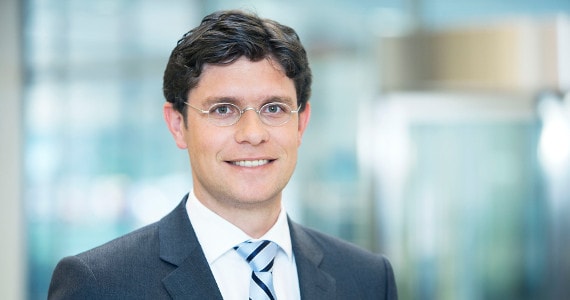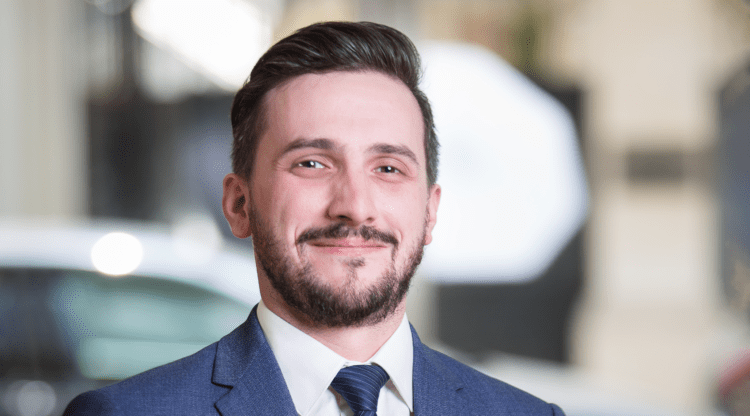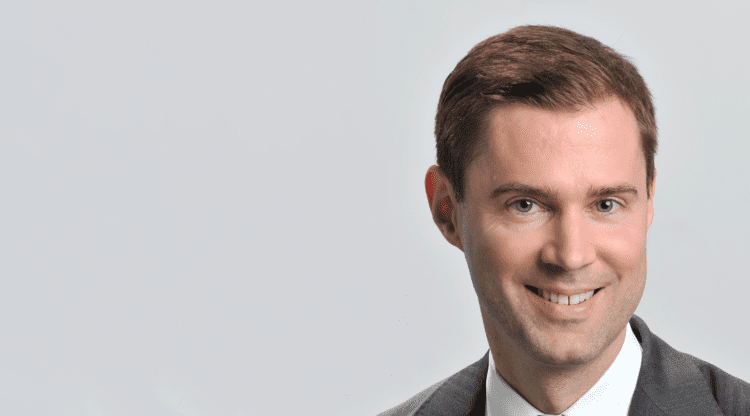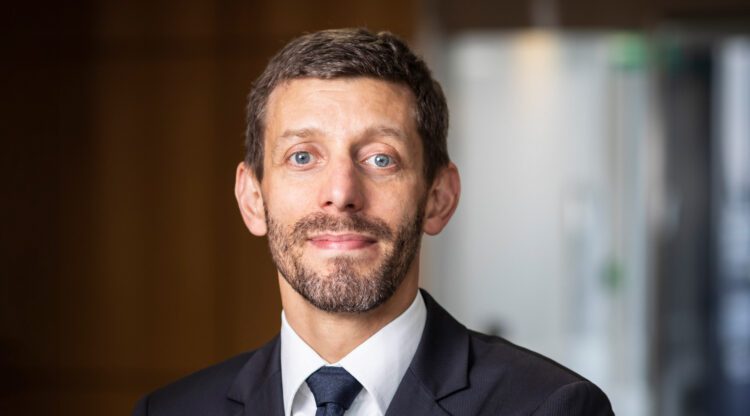
 Opinion Leaders
Opinion Leaders
«Innovate2Invest 2017» – Bright Future for Structured Products
-
Dr. Jan-Carl Plagge, Head of Applied Research
Industry experts at the STOXX conference see structured products benefitting from regulation and technology.
This is the seventh installment in an articles series on our annual investment conference held in London on March 30.
The last discussion panel at `Innovate2Invest 2017’ addressed the prospects for and challenges of the structured-products industry, which, now over two decades old, has had to reinvent itself in the wake of the global financial crisis.
Roberto Lazzarotto, head of sales at STOXX, moderated the panel of business experts made up of Mikael Axelsson, chief executive officer at Garantum Norge; Stan Gavrailov, global head of structured products at ABN AMRO Private Banking; and Nicola Francia, head of external network and public distribution of private investors products for Italy at UniCredit.
Lazzarotto opened up the exchange by querying what the trends are in a European market that is fragmented in terms of client base and due to national idiosyncrasies.
Axelsson cited the case of the Nordic countries, where structured products were for many years all about capital protection. But the global financial crisis and the ensuing environment of low interest rates and subdued volatility changed that, with investors now using structured products in their hunt for yield, Axelsson said. He cited demand for products such as auto-callables and credit-linked notes as examples.
Francia agreed that low rates have been a key driver of trends in the market, particularly in a country like Italy where demand for fixed income has been traditionally high.
“In this search for yield, investors are now understanding that they need to take some more risk,” he said.
That higher risk has reflected in stronger demand for equity-based, yield-enhancement products such as auto-callable certificates or notes, or for debt-based products with longer maturity, Francia said.
“Where we see portfolios with structured products that had a three- to four-year maturity, now all the banks are placing paper with seven- up to 10-year maturity.”
Tailor-made solutions
Gavrailov remarked that one of the biggest trends seen in the aftermath of the financial crisis has been the growth of tailor-made solutions that respond to dedicated client needs, as opposed to large market campaigns.
He also highlighted the increased interest among institutional clients such as asset managers for thematic-based investments, and in particular for sustainability strategies.
His team at ABN Amro has a dedicated group of people who design products on various thematic ideas that can be made part of large clients’ portfolios, he added.
Implementation
Axelsson and Francia coincided in that structurers have benefitted from competitively sourcing the bond and the option that make up a structured product, separately. This trend is likely to continue and may become more efficient with the advent of technological platforms that will replace traditional phone-based marketing and trading, Axelsson said.
The slump in interest rates in recent years has lifted the cost of bonds used in structured products. As a result, the products offer either lower capital protection or reduced investment participation terms.
To help tackle this issue, STOXX has focused on enabling option-price efficiency in the products through indices such as the STOXX® Select and Diversification Select family, allowing issuers to improve the products’ investment terms. To read more about this, please visit our “Structured Products: Tuned Up for a Zero-Rate World” article.
A coming-of-age story
Lazzarotto next asked about the regulation environment.
Axelsson said that regulation is turning out to be an unexpected tailwind for the structured-product market. What has traditionally been seen as a source of tightening control that limited the business, is helping set clear rules for a large investor group that may have in the past shun structured products.
“We are now moving out of our rather unruly adolescence and into adulthood with the help of our strict supervisors,” said Axelsson. “We are being judged on the same basis as mutual funds and every other packaged retail investment product. Which will make it much easier for us to become a product in the portfolio, rather than sold on a case-by-case basis, as an add-on.”
Finally, Axelsson and Francia agreed that the future of structured products looks prosperous, riding on their main advantage of flexibility, coupled with increasing investor education around them.
“You can get a leveraged product; you can get a protected product; you can get the payoff almost as you wish,” said Axelsson. “And with modern technology, it will be possible at any given point in time to match any given client’s needs more or less perfectly, within the restrictions of financial theory.”
Featured indices
STOXX® Select and Diversification Select Indices
Read about the conference’s other presentations:
`Innovate2Invest 2017’ – From Punched Cards to Qualitative Measures: 50 Years of Altman’s Z-Score
`Innovate2Invest 2017’ – No Doom Forecast by Nouriel Roubini, but Many Concerns About Trump
`Innovate2Invest 2017’ – The Complexity of ESG Integration
`Innovate2Invest 2017’ – The Future of Factor Investing
`Innovate2Invest 2017’ – Climate-Change Impact Linked to Investing




